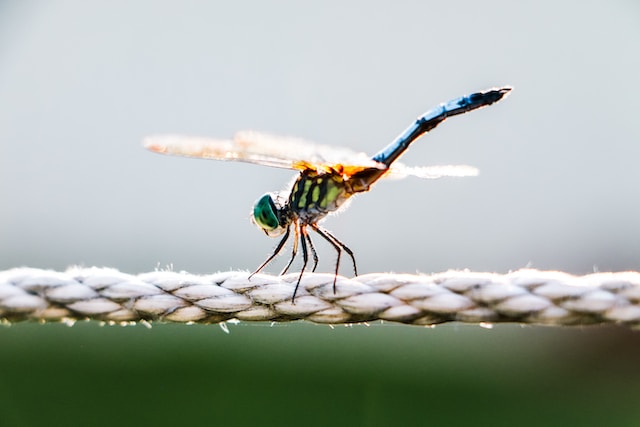Phalloplasty Techniques, Procedures, Benefits and Transformation
Among the many surgeries in the pantheon of the female to male transition, one of the most important ones is the surgery to change the female genitalia to those of a male. This is probably the most poignant surgery for transitioning transmen because it brings them closer to the body they feel they should have been born in.
Through the female to male bottom surgeries and procedures, transmen can do the different things that males can do like pee standing up and even have erections. If this surgery is done in tandem with a full hysterectomy, then periods and menstruation will also cease.
There are two different methods to create a new penis for patients. The first method or metoidioplasty uses the clitoris to create the penis. Or the surgeon can graft skin from other parts of a patient’s body and create a penis using this skin flap. For this procedure a patient must have been on male hormonal therapy for a minimum of one year. The removal of the vagina and hysterectomy may also be done simultaneously.
In some cases, phalloplasty is also performed as revision surgery, or the reconstruction of the penis.

The phalloplasty surgery is the creation of a new penis surgically using skin taken from other parts of the body. The surgeon may take skin flaps and tissue from various sites or donor areas on the body including thighs, arms, or abdomen.
The surgeon then uses these skin flaps to surgically create a penis and a urethra.
However, the term phalloplasty can also be used to refer to a number of separate procedures often done in tandem. The procedures include:
One thing to note is that there is no set timeline for trans men to undergo these procedures. In actuality, most patients do not do all of them. In some cases, patients wait at least one year or more before going to the next step.

There are four different phalloplasty techniques to be performed by a doctor. The difference between the techniques is the donor site from which the skin to be used for skin graft is taken. Donor sites can include the patient’s forearm, lower abdomen, genital area, torso or thigh.
The radial forearm free-flap (RFF or RFFF) phalloplasty involves completely removing the tissue from the forearms with its blood vessels and nerves intact. The blood vessels and nerves will then be reattached to the new penis, allowing blood to flow naturally.
Many surgeons prefer this treatment as it give patients great sensitivity and good aesthetic results.
During an RFFF procedure, surgeons can also place a urethra to allow patients to urinate standing.Having said that, skin grafts to the forearm often leave a large scar.
The procedure is not ideal for people worried about having noticeable scars.
Patients who underwent an anterolateral thigh flap (ALT) phalloplasty have reported low levels of physical and erotic sensitivity. The procedure also has a higher rate of urinary and other related complications than the RFFF.
But unlike the RFFF, an ALT phalloplasty leaves significant scarring from the skin grafts in a more discrete place.
Abdominal phalloplasty, or supra-pubic phalloplasty, is recommended for transgender people who do not require a vaginectomy or urethral reconstruction. This means they are comfortable urinating in a seating position.
The new penis will have tactile, but not erotic sensations. The clitoris will also be preserved in its original location or buried under the pubic bone, which means it can still be stimulated.
In some cases, patients also get a penile implant in conjunction with abdominal phalloplasty. This allows the patient to engage in penetrative sex.
A musculocutaneous latissimus dorsi (MLD) flap phalloplasty takes donor tissue from the back muscles of a patient’s arm for use in creating a larger penis. However, this procedure creates a penis that is less erotically sensitive.
There are four stages for Phalloplasty. On average, the patient would have to wait three to six months between each stage, accounting for the recovery time.
Stage 1: Prepare the urethra for abdominal tube
Stage 2: Penile reconstruction from abdominal skin or thigh. The donor site will be covered with split thickness skin graft.
Stage 3: Connect urethra
Stage 4: Insert testicle implants
The requirements for this type of procedure are not extensive. Things to consider include:
When considering which bottom procedure to choose, patients should think of the different advantages of each. The advantages of phalloplasty include:
Dedicated plastic surgeons will take care to answer every question that a patient may pose before and after performing cosmetic procedures. It is often advised for a patient to list the questions on a paper in advance of the consultation.
Some key questions to ask before getting phalloplasty in Thailand include:
Dedicated plastic surgeons will take care to answer every question that a patient may pose before and after performing cosmetic procedures. It is often advised for a patient to list the questions on a paper in advance of the consultation.
Some key questions to ask before getting phalloplasty in Thailand include:
The donor site is also at risk of complications, including:
Latest Blog Articles